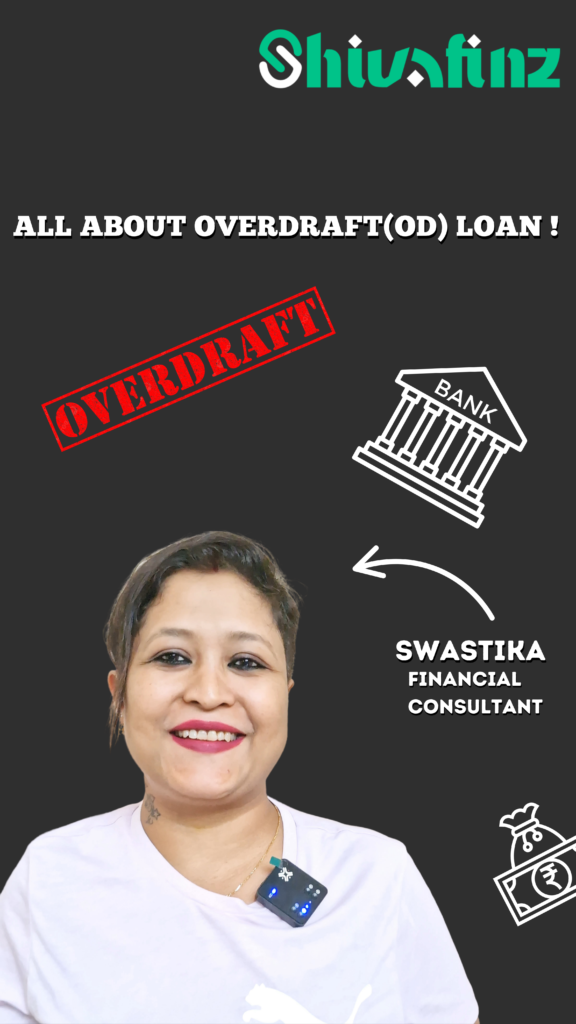Overdraft (OD) is one of the most flexible credit facilities offered by banks and NBFCs in India. Whether you’re a business owner, salaried individual, or freelancer, an OD can help you handle unexpected expenses or short-term cash flow challenges.
In this blog, let’s understand what an OD is, its types, interest rates, and how you can benefit from it.
📘 What is an Overdraft (OD) Facility?
An Overdraft is a financial arrangement where your bank allows you to withdraw more money than you have in your account—up to a pre-approved limit. You pay interest only on the amount you use, not the full limit.
🔍 Types of Overdrafts:
1. ✅ Secured Overdraft
These are backed by collateral such as:
- Fixed Deposits (FD)
- Property documents (residential/commercial)
- Insurance policies
- Salaried income of Indian professionals
2. 🚫 Unsecured Overdraft
- No collateral required
- Offered based on credit history, income, or business profile
📊 Interest Rates:
| Type of OD | Interest Rate Range |
|---|---|
| Secured OD | 9% to 14% p.a. |
| Unsecured OD | 14% to 17% p.a. |
💬 “Interest is charged only on the amount utilized, not the full limit—which makes OD a smart credit tool if used wisely.”
✅ When Should You Use an OD?
- Short-term business working capital needs
- Managing delayed payments
- Handling emergency expenses
- Avoiding cash flow gaps
⚠️ Things to Keep in Mind
- Overuse may impact your credit score
- Interest can pile up quickly if not managed
- Always compare OD with personal loans or business loans
💬 Final Thoughts from Shivafinz
Overdrafts are powerful when used responsibly. Whether you’re looking to apply against your fixed deposit or explore unsecured options, Shivafinz helps you understand the best-fit solution for your financial needs.
📩 Want help applying for an OD? Get in touch with us today.

